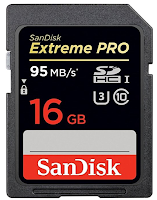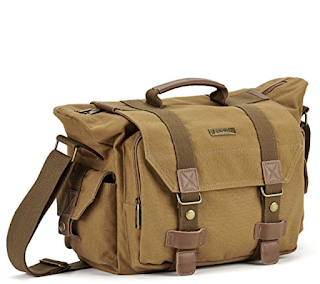I recently expanded my Photogrammetry kit with some simple additions that have made my shoots a little easier.
Full disclosure, the links in each kit description are links to the amazon pages I bought them from.
First off, I wanted a new SD card that I could use for Photogrammetry shoots. I was looking for a fast read/write speed so I went for a
16GB SanDisk Extreme Pro
. 16GB? Even shooting in RAW format with my
Pentax k-50
I can still get just over 1000 images in a single shoot, although in the future I imagine I will be getting a larger one.
 |
| Piccy Piccy 3D |
Next up I wanted to try out a circular polarizing filter for my shoots. I found a super affordable
lens filter set
here and got it. The reviews were pretty good, and so far I've only used the CPL, but it's been good so far. It also came with a nice microfibre cloth which is handy, sure. I've never used a CPL before (because I am a noob photographer- hey, I'm a 3D guy, my cameras don't need CPLs) but the use of it is pretty straight forward. You rotate it until it's angle cancels out the reflected light. It's super useful if you are taking images of an object in a glass case for example, or something behind a window. It will pretty much make the reflections on the glass vanish from the right angle, which can make all the different for a photogrammetry shoot. I plan to test it out on some puddles.
 |
| Apparently the fiber cloth performs tricks. |
Finally, a
camera bag
that was big enough to fit the camera, lenses, color cards, filters, lunch and water! What a load. It also looks cool, if you are into that sort of thing. Yay for that. The bag is a little bigger than what I was carrying around before, but the extra room really comes in handy.
 |
| Oooh, spacious! |
I got a couple of other bits and pieces- a
color calibration chart
and a lens hood I'm actually not super happy with, so I'm not going to link it here. I have not tried using the color chart yet, but I'll post about how useful it is later down the road in another post.
It wouldn't be a PiccyPiccy3D post without some 3d stuff... taking a stroll around Golden Gate Park I took some quick snaps of these bits and pieces. I was a-bit bummed out that the Mossy rock has a hole in the bottom, but sometimes when you think you have every angle... well, too bad.







